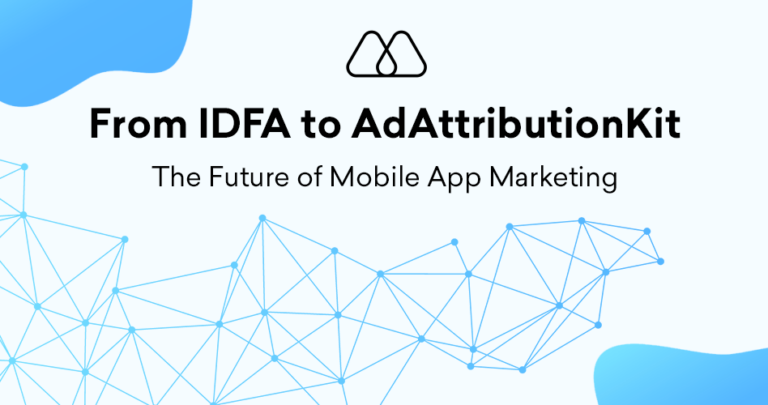In the fast-paced world of mobile app advertising, a key metric separates success from missed opportunities – the fill rate. It signifies the percentage of ad requests from your app that are successfully filled with relevant ads from advertisers. Understanding and optimizing fill rates is paramount for app publishers seeking to maximize revenue through in-app advertising. This article delves into the concept of fill rate in mobile advertising, exploring its definition, factors influencing its value, strategies for improvement, and its connection to overall app monetization success.
What is the Fill Rate in Mobile Advertising?
In mobile advertising, the fill rate represents the ratio of ad impressions served within your app compared to the total number of ad requests sent from an app to the ad network or ad exchange. A high rate indicates that most of your ad requests are fulfilled by the ad network, maximizing your potential ad revenue. Conversely, a low rate signifies missed opportunities and lost revenues.
Calculating Fill Rate
Calculating fill rate is a straightforward process: Fill Rate = (Total Ad Impressions Served) / (Total Ad Requests) * 100
Here’s a breakdown of the formula:
- Total Ad Impressions Served: This represents the maximum number of times ads were displayed to users within your app during a specific period (e.g., day, week, month).
- Total Ad Requests: This represents the total number of times your app requested an ad from the ad network during the same period.
Factors Affecting Fill Rate in Mobile App Advertising
Several factors can influence the rate you experience within your mobile app:
- Ad Network Selection: The ad network you choose plays a significant role. Reputable ad networks with a vast pool of advertisers and diverse ad formats are more apt to fulfill a higher percentage of your ad requests. (e.g. ironSource)
- App Category and Target Audience: Apps in popular categories with a well-defined target audience tend to attract more advertiser interest, leading to higher rates.
- Ad Inventory Quality: High-quality ad inventory with engaging creatives and a positive user experience is more attractive to advertisers, potentially improving rates.
- Bid Price Optimization: Setting competitive bid prices for your ad inventory ensures you remain attractive to advertisers within the ad network’s real-time bidding (RTB) auction system.
- Technical Considerations: Factors like slow ad loading times or technical integration issues can lead to unfilled ad requests and negatively impact the rate.
Strategies for Improving Fill Rate in Mobile App Advertising
Here are some key strategies to consider for improving your mobile app’s fill rate:
- Partner with Reputable Ad Networks: Choose ad networks with a strong reputation for high rates, diverse advertiser pools, and transparent reporting. Explore mediation platforms to connect with multiple ad networks and maximize competition for your ad inventory.
- Optimize App Category Targeting: Ensure your app is accurately categorized within the ad network to attract relevant advertisers seeking to reach your target audience.
- Focus on User Engagement: Create a high-quality and engaging app experience to retain users and make your ad inventory more attractive to advertisers.
- Monitor and Analyze Performance: Always monitor your fill rate alongside alternative key metrics like eCPM (effective cost per mille) and click-through rate (CTR). Analyze the data to identify areas for improvement and refine your targeting strategy, ad format selection, and bid price optimization.
- Address Technical Issues: Ensure your ad integration is seamless and troubleshoot any technical issues that might cause unfilled ad requests (e.g., slow loading times).
5 Key Takeaways from Fill Rate
- Monetization Lifeline: This signifies the percentage of ad requests successfully filled, impacting your app’s revenue potential.
- Factors Affecting Fill Rate: Ad network selection, app category, ad inventory quality, bid prices, and technical issues influence the rate.
- Strategies for Improvement: Partner with reputable ad networks, optimize targeting, focus on user engagement, utilize high-quality ad creatives, and monitor performance data.
- Data-Driven Optimization: Analyze fill rate data alongside other metrics to guide informed decisions for improving monetization.
- Maximizing Revenue: A high rate is crucial for maximizing your mobile app’s revenue generated through in-app advertising.
Understanding and optimizing fill rate is essential for successful mobile app monetization. By implementing the strategies outlined above, you can ensure your ad inventory receives the highest possible fill rate, leading to increased ad revenue and a more sustainable business model for your mobile app. Remember, consistent monitoring, data analysis, and strategic adjustments are key to maintaining a healthy fill rate and maximizing your return on investment (ROI) from your mobile app’s advertising efforts.
For more insights into fill rate specifically within the mobile app advertising landscape, check out the article by ironSource.




